Leetsdale
The extensive archaeological investigations at the Leetsdale site (36AL480) took place between 1999 and 2003 and were funded by the US Army Corps of Engineers, Pittsburgh District. The work was undertaken as part of the Braddock Dam offsite construction component of the Monongahela River Locks and Dams 2, 3 and 4 modernization project. The archaeological site is situated on the eastern bank of the Ohio River about 15 miles to the west of Pittsburgh. In addition to prehistoric occupations up to 7,000 years in age, a nineteenth-century brick factory was found and excavated.
Prehistoric Occupations
Because the site is situated on a floodplain that has been building up over the last 10,000 years, occupations at the site are stratified, or layered, and provide important information on activities during the various periods of occupation. Occupations dating to the Early/Middle Archaic, Late Archaic, Transitional Archaic, and Early Woodland.
One of the most intensive periods of occupation at the Leetsdale site was during the Early Woodland, approximately 2,500 to 2,800 years ago. Numerous small fire pits, larger roasting pits, post molds, and storage pits were found. Artifacts included stone tools, shell and animal bone fragments, stone weights to hold down fishing nets in the water (net sinkers), and pottery fragments. Most of the stone tools were made from pebbles that were gathered from the nearby Ohio River stream bed. As a result, many of the spear points are smaller than those found at other sites. It appears that the Early Woodland groups were composed of several families who came to the site to fish and collect plants, including those from wetlands adjacent to the site. Remains of nuts and berries found in fire-pits indicates occupation in the late summer through fall at a minimum.
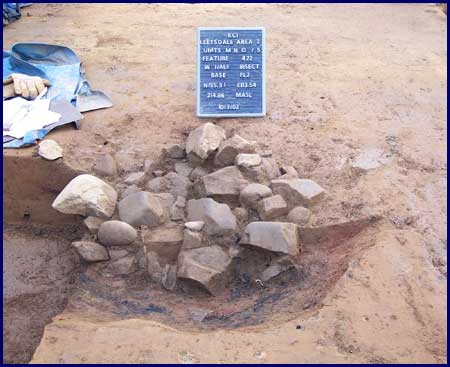
An Early Woodland roasting pit
The Transitional Archaic occupations date to between 3000 and 3800 years ago. Fire pits, surface fires, and refuse pits were found. Activities during this period were similar to those of the Early Woodland. The wear patterns on stone tools indicate that butchering also took place. Fragments of steatite, a soft stone that was carved into bowls, were found. The bowls were likely used for boiling meat or plant foods. Two unusual steatite disks, each about the size of a quarter, may represent ornaments or game pieces. The family groups who camped at the site during the Transitional Archaic were hunting deer and small animals, fishing, and gathering plant foods such as walnuts and hickory nuts. The site probably served as a base from which smaller groups went out on forays to hunt or gather other needed resources.
At least six Late Archaic camps were present at the site, dating from as early as 5600 years ago. Fire pits and refuse pits were similar to those of the Transitional Archaic. Wear patterns on stone tools indicate that butchering, hide working, and the scraping of bone or antler took place during the occupations. Bone and antler were used as material for tools and for handles for stone knives and scrapers. Nutshell in the fire pits indicates that, as in other periods of occupation, hickory and walnut were an important food resource during the Late Archaic. As in later periods, the site during the Late Archaic was a base camp for groups of related families who were attracted by the resource-rich Ohio River floodplain.
Evidence of Early and Middle Archaic occupation was limited. Three reddened soil stains indicating surface fires were found, one of which dated to approximately 6800 years ago. The small number of artifacts that were found suggests a very brief stay, possibly by a single extended family. The occupation represents one of the earliest found in the Ohio River valley.
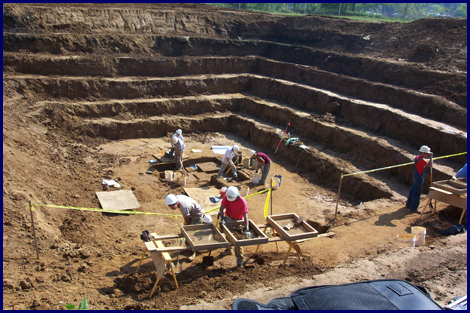
Excavation in the Middle Archaic component, approximately 20 feet below the ground surface.
Harmony Brickworks
The Harmonists were a religious separatist group whose community was located in Ambridge, approximately two miles north of Leetsdale. The Harmonists purchased the brick plant at Leetsdale from the Real Estate Savings Bank in 1888. In 1902, the Harmonists sold the brickworks and land around it to James Oliver for real estate development. In 1905, the Harmony Society was officially disbanded.
Five years after the property was sold, the area was inundated by the 1907 flood.
The archaeological investigations were aided by a photograph and a surveyor's drawing from the 1890s showing the layout of the brickworks. Archaeology fieldwork documented the construction methods of kilns and changes in brick drying technology. Seven kilns were examined. A hot floor was found, which was used to remove water from freshly pressed bricks before they were dried in the kiln. The historic site is providing an increased understanding of the brickmaking industry and 19th century economics.
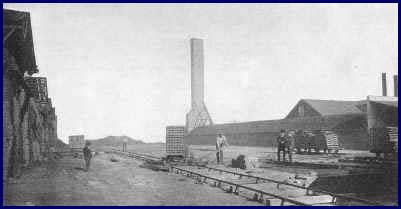
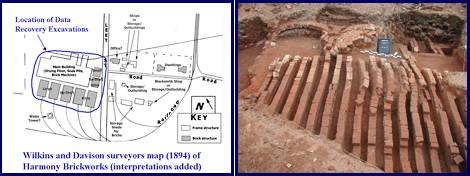
Volunteers
The US Army Corps of Engineers sponsored a volunteer program during the 2001 and 2002 field seasons. Volunteers worked on their own excavation blocks under the supervision of professional archaeologists. Approximately 150 students and adults worked at the site each season.
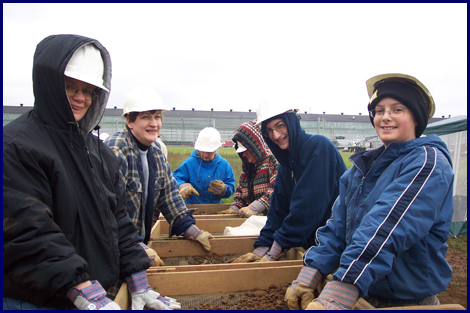
Acknowledgements
Phase III archaeological investigations at the site were conducted by Hardlines Design Company, URS, TetraTech, Inc. with Michael Baker, Jr. Corp., and Greenhorne & O'Mara with KCI Technologies, Inc. Greenhorne & O'Mara also provided geomorphological services with Dr. Frank Vento and Dr. Joseph Schuldenrein and palynology studies by Dr. John Jones. ACS Group conducted Phase II testing at the site, and Gray & Pape provided the initial geomorphology study and an overall prehistoric context for the site. The site was initially identified by Christine Davis Consultants in a Phase I/limited Phase II study.